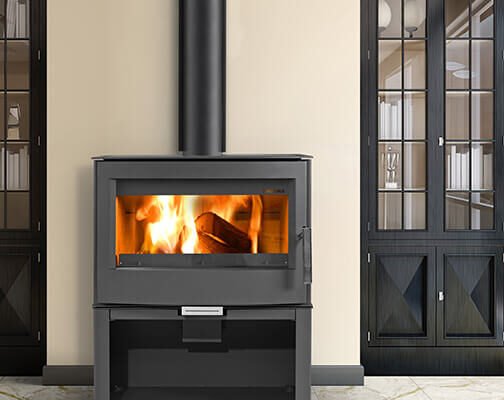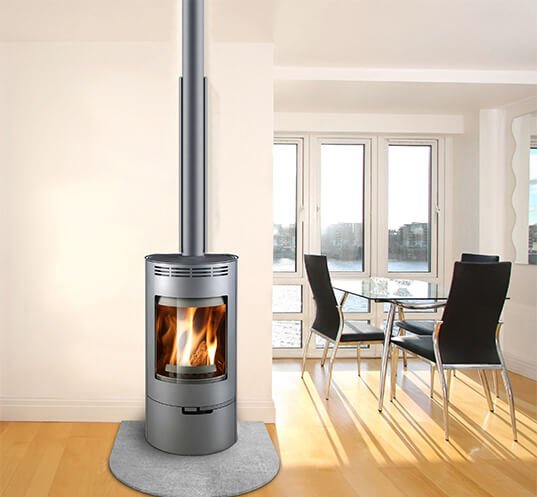Choosing a free-standing fireplace does not have to be overwhelming. There are many options available for your home, but the first step is to determine what type of fireplace will work best in your living room. Here are 5 tips for choosing the right free-standing fireplaces for your living room:
Choose the right size first.
The first thing you’ll need to do is make sure that you get the right size for your space. It’s important not to choose a small fireplace in a big room or a big fireplace in a small room. You want the best of both worlds, so make sure the size of the firebox matches up with the dimensions of your living space.
If you have an awkward-shaped room, like one with rounded corners or irregular walls, try looking for free-standing fireplaces that are modular and can be arranged within their frames as needed. An extra-large capacity may also help if there’s limited floor space around it; just remember there should still be enough distance between this and other furniture elements (such as couches or chairs) so that people can walk freely around them without bumping into them accidentally!
Choose the look that matches your room.
To choose the right free-standing fireplace for your living room, you’ll want to think about how it will fit with the style of your home and furniture. If you have an old-fashioned antique look or a modern minimalist aesthetic, then a fireplace that matches that style will look best in your living room. You can also think about the size of your room—if it’s small, then a smaller fireplace should work better than one that takes up too much space and makes it feel even smaller.
You might have some type of theme going on in your home—may be all of your furniture is modern or rustic? Or maybe you like mixing styles? Whatever type of theme you have going on, there are probably plenty of different types of fireplaces out there for sale!
Think about fuel types
When it comes to fuel, there are many choices. You should consider how you want your fireplace to look and how much heat you need when choosing a fuel type. Here are the most common options:
Wood burning fires use wood logs as their source of heat. They can be used indoors or out, but they do produce smoke, which may cause problems for those with allergies or respiratory issues. In addition, there is an environmental impact because of the extra energy needed for drying and transporting the logs used for these fires. Gas fireplaces use natural gas or propane to create a flame that heats up an enclosed space in order to keep people warm on cold nights (or days). This option has little impact on air quality if properly ventilated and is easy to operate since it doesn’t require any special training beyond turning on a switch before enjoying your fire!
Consider safety and maintenance.
Safety is the most important factor to consider when choosing a fireplace. If you don’t have your fireplace properly installed, it could be dangerous. You also need to keep your fireplaces and chimneys maintained, inspected, cleaned and serviced regularly to ensure they are safe.
Use this checklist as a guide when shopping for a new fireplace:
- Is the fireplace hooked up to your home’s main gas line?
- Does it have spark arrestors or other safety features like glass doors?
- Does it come with all necessary parts in case of an emergency (such as shutoff valves)?
Choose a freestanding fireplace with a quality warranty
As with any purchase, it’s important to make sure you choose a model that comes backed with a good warranty. Look for terms that describe how long the warranty is valid and whether it covers damage caused by normal wear and tear. You might also want to have some idea of what item is covered under warranty—the fireplace itself or just its manufacturer.
The key thing to look out for is whether or not your chosen freestanding fireplace will be covered over its lifespan (if something goes wrong after several years of use, it could really stick in your craw). If you can find one with a lifetime guarantee, all the better!
Conclusion
I hope you’ve found this guide helpful, and I encourage you to keep the tips in mind as you search for your next fireplace. If you have any questions about any of these products or others not covered here, leave them below, and we’ll be happy to help! Otherwise, feel free to browse through our other blog posts for more information on freestanding fireplaces.





